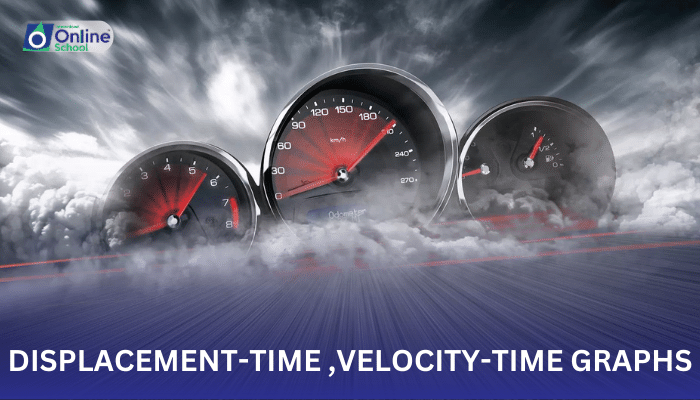
Learning Outcomes
i. Analyze displacement-time graphs to determine the displacement of an object at different points in time.
ii. Interpret the slope of a displacement-time graph as the average velocity of an object during a given time interval.
iii. Construct displacement-time graphs for objects moving with constant velocity and constant acceleration.
iv. Analyze velocity-time graphs to determine the velocity of an object at different points in time.
v. Interpret the slope of a velocity-time graph as the acceleration of an object during a given time interval.
vi. Construct velocity-time graphs for objects moving with constant velocity and constant acceleration.
vii. Relate displacement-time and velocity-time graphs to each other and to the motion of an object along a straight line.
Introduction
Displacement-time graphs and velocity-time graphs are powerful tools for visualizing and understanding the motion of objects. These graphs provide valuable insights into the position and velocity of an object at different points in time.
i. Interpreting Displacement-Time Graphs
Displacement-time graphs plot an object's displacement versus time. The displacement is typically represented by the vertical axis, and time is represented by the horizontal axis. The slope of the graph at any point represents the instantaneous velocity of the object at that time. A positive slope indicates motion in the positive direction, while a negative slope indicates motion in the negative direction.
ii. Determining Displacement from Displacement-Time Graphs
To determine the displacement of an object at a specific point in time, we can locate the corresponding point on the displacement-time graph and read its vertical value. The displacement at that point represents the object's change in position from its initial position.
iii. Inferring Average Velocity from Displacement-Time Graphs
The average velocity of an object over a time interval can be estimated by calculating the slope of the secant line connecting the two endpoints of the time interval on the displacement-time graph. The steeper the slope, the higher the average velocity, indicating faster motion.
iv. Constructing Displacement-Time Graphs
Displacement-time graphs can be constructed for objects moving with constant velocity and constant acceleration. For objects moving with constant velocity, the graph appears as a straight line with a constant slope. For objects moving with constant acceleration, the graph appears as a parabola.
v. Interpreting Velocity-Time Graphs
Velocity-time graphs plot an object's velocity versus time. The velocity is typically represented by the vertical axis, and time is represented by the horizontal axis. The slope of the graph at any point represents the instantaneous acceleration of the object at that time. A positive slope indicates increasing velocity (acceleration), while a negative slope indicates decreasing velocity (deceleration).
vi. Determining Velocity from Velocity-Time Graphs
To determine the velocity of an object at a specific point in time, we can locate the corresponding point on the velocity-time graph and read its vertical value. The velocity at that point represents the object's rate of change of position at that instant.
vii. Inferring Acceleration from Velocity-Time Graphs
The acceleration of an object over a time interval can be estimated by calculating the slope of the secant line connecting the two endpoints of the time interval on the velocity-time graph. The steeper the slope, the higher the average acceleration, indicating faster changes in velocity.
viii. Constructing Velocity-Time Graphs
Velocity-time graphs can be constructed for objects moving with constant velocity and constant acceleration. For objects moving with constant velocity, the graph appears as a horizontal line. For objects moving with constant acceleration, the graph appears as a straight line with a constant slope.
ix. Relating Displacement-Time and Velocity-Time Graphs
Displacement-time and velocity-time graphs are closely related and provide complementary information about an object's motion. The area under the curve of a velocity-time graph represents the total displacement of the object during that time interval.
Displacement-time graphs and velocity-time graphs are essential tools for understanding the motion of objects. By analyzing the slope and shape of these graphs, we can determine the object's displacement, velocity, and acceleration at different points in time. These graphs provide valuable insights into the behavior of objects in various physical scenarios.